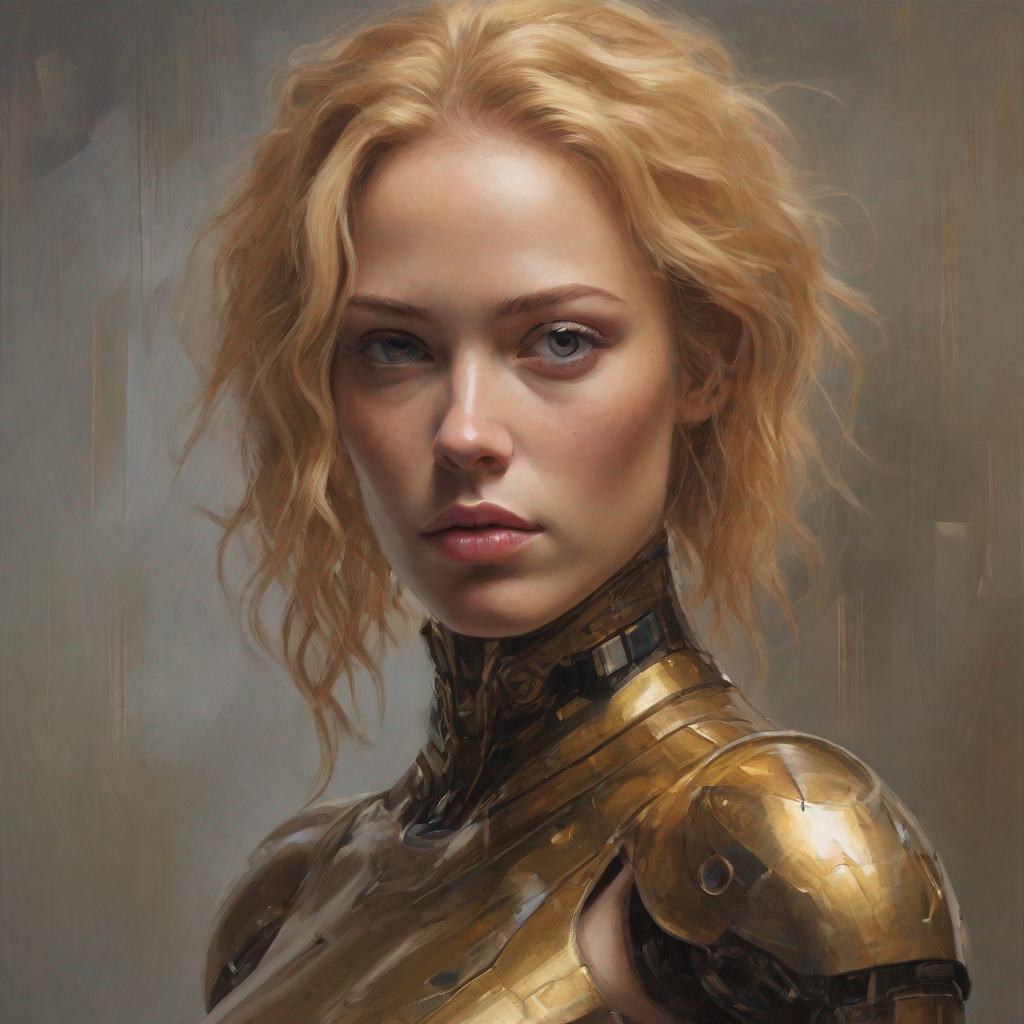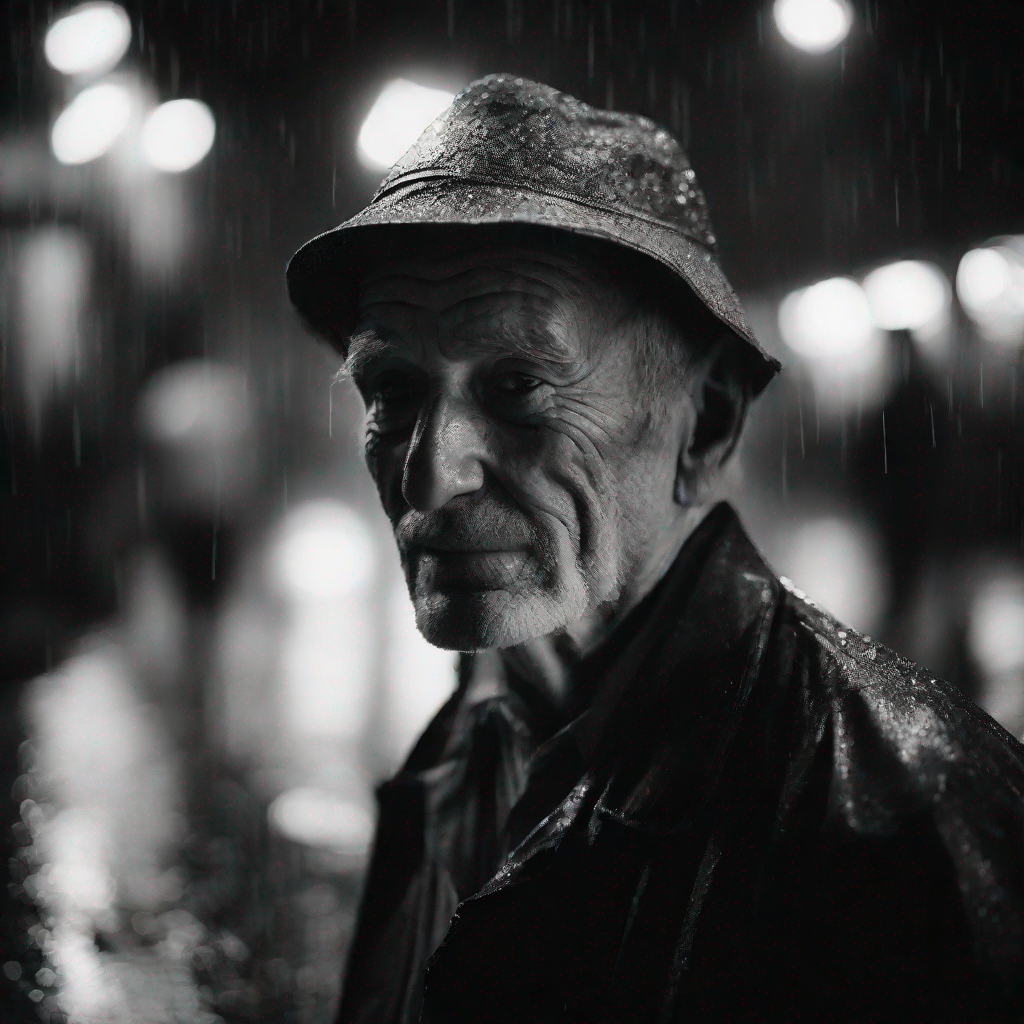Diffusers documentation
Performing inference with LCM
Performing inference with LCM
Latent Consistency Models (LCM) enable quality image generation in typically 2-4 steps making it possible to use diffusion models in almost real-time settings.
From the official website:
LCMs can be distilled from any pre-trained Stable Diffusion (SD) in only 4,000 training steps (~32 A100 GPU Hours) for generating high quality 768 x 768 resolution images in 2~4 steps or even one step, significantly accelerating text-to-image generation. We employ LCM to distill the Dreamshaper-V7 version of SD in just 4,000 training iterations.
For a more technical overview of LCMs, refer to the paper.
This guide shows how to perform inference with LCMs for text-to-image and image-to-image generation tasks. It will also cover performing inference with LoRA checkpoints.
Text-to-image
You’ll use the StableDiffusionXLPipeline here changing the unet. The UNet was distilled from the SDXL UNet using the framework introduced in LCM. Another important component is the scheduler: LCMScheduler. Together with the distilled UNet and the scheduler, LCM enables a fast inference workflow overcoming the slow iterative nature of diffusion models.
from diffusers import DiffusionPipeline, UNet2DConditionModel, LCMScheduler
import torch
unet = UNet2DConditionModel.from_pretrained(
"latent-consistency/lcm-sdxl",
torch_dtype=torch.float16,
variant="fp16",
)
pipe = DiffusionPipeline.from_pretrained(
"stabilityai/stable-diffusion-xl-base-1.0", unet=unet, torch_dtype=torch.float16
).to("cuda")
pipe.scheduler = LCMScheduler.from_config(pipe.scheduler.config)
prompt = "Self-portrait oil painting, a beautiful cyborg with golden hair, 8k"
generator = torch.manual_seed(0)
image = pipe(
prompt=prompt, num_inference_steps=4, generator=generator, guidance_scale=8.0
).images[0]
Notice that we use only 4 steps for generation which is way less than what’s typically used for standard SDXL.
Some details to keep in mind:
- To perform classifier-free guidance, batch size is usually doubled inside the pipeline. LCM, however, applies guidance using guidance embeddings, so the batch size does not have to be doubled in this case. This leads to a faster inference time, with the drawback that negative prompts don’t have any effect on the denoising process.
- The UNet was trained using the [3., 13.] guidance scale range. So, that is the ideal range for
guidance_scale. However, disablingguidance_scaleusing a value of 1.0 is also effective in most cases.
Image-to-image
The findings above apply to image-to-image tasks too. Let’s look at how we can perform image-to-image generation with LCMs:
from diffusers import AutoPipelineForImage2Image, UNet2DConditionModel, LCMScheduler
from diffusers.utils import load_image
import torch
unet = UNet2DConditionModel.from_pretrained(
"latent-consistency/lcm-sdxl",
torch_dtype=torch.float16,
variant="fp16",
)
pipe = AutoPipelineForImage2Image.from_pretrained(
"stabilityai/stable-diffusion-xl-base-1.0", unet=unet, torch_dtype=torch.float16
).to("cuda")
pipe.scheduler = LCMScheduler.from_config(pipe.scheduler.config)
prompt = "High altitude snowy mountains"
image = load_image(
"https://huggingface.co/datasets/sayakpaul/sample-datasets/resolve/main/snowy_mountains.jpeg"
)
generator = torch.manual_seed(0)
image = pipe(
prompt=prompt,
image=image,
num_inference_steps=4,
generator=generator,
guidance_scale=8.0,
).images[0]
LoRA
It is possible to generalize the LCM framework to use with LoRA. It effectively eliminates the need to conduct expensive fine-tuning runs as LoRA training concerns just a few number of parameters compared to full fine-tuning. During inference, the LCMScheduler comes to the advantage as it enables very few-steps inference without compromising the quality.
We recommend to disable guidance_scale by setting it 0. The model is trained to follow prompts accurately
even without using guidance scale. You can however, still use guidance scale in which case we recommend
using values between 1.0 and 2.0.
Text-to-image
from diffusers import DiffusionPipeline, LCMScheduler
import torch
model_id = "stabilityai/stable-diffusion-xl-base-1.0"
lcm_lora_id = "latent-consistency/lcm-lora-sdxl"
pipe = DiffusionPipeline.from_pretrained(model_id, variant="fp16", torch_dtype=torch.float16).to("cuda")
pipe.load_lora_weights(lcm_lora_id)
pipe.scheduler = LCMScheduler.from_config(pipe.scheduler.config)
prompt = "close-up photography of old man standing in the rain at night, in a street lit by lamps, leica 35mm summilux"
image = pipe(
prompt=prompt,
num_inference_steps=4,
guidance_scale=0, # set guidance scale to 0 to disable it
).images[0]
Image-to-image
Extending LCM LoRA to image-to-image is possible:
from diffusers import StableDiffusionXLImg2ImgPipeline, LCMScheduler
from diffusers.utils import load_image
import torch
model_id = "stabilityai/stable-diffusion-xl-base-1.0"
lcm_lora_id = "latent-consistency/lcm-lora-sdxl"
pipe = StableDiffusionXLImg2ImgPipeline.from_pretrained(model_id, variant="fp16", torch_dtype=torch.float16).to("cuda")
pipe.load_lora_weights(lcm_lora_id)
pipe.scheduler = LCMScheduler.from_config(pipe.scheduler.config)
prompt = "close-up photography of old man standing in the rain at night, in a street lit by lamps, leica 35mm summilux"
image = load_image("https://huggingface.co/datasets/huggingface/documentation-images/resolve/main/diffusers/lcm/lora_lcm.png")
image = pipe(
prompt=prompt,
image=image,
num_inference_steps=4,
guidance_scale=0, # set guidance scale to 0 to disable it
).images[0]